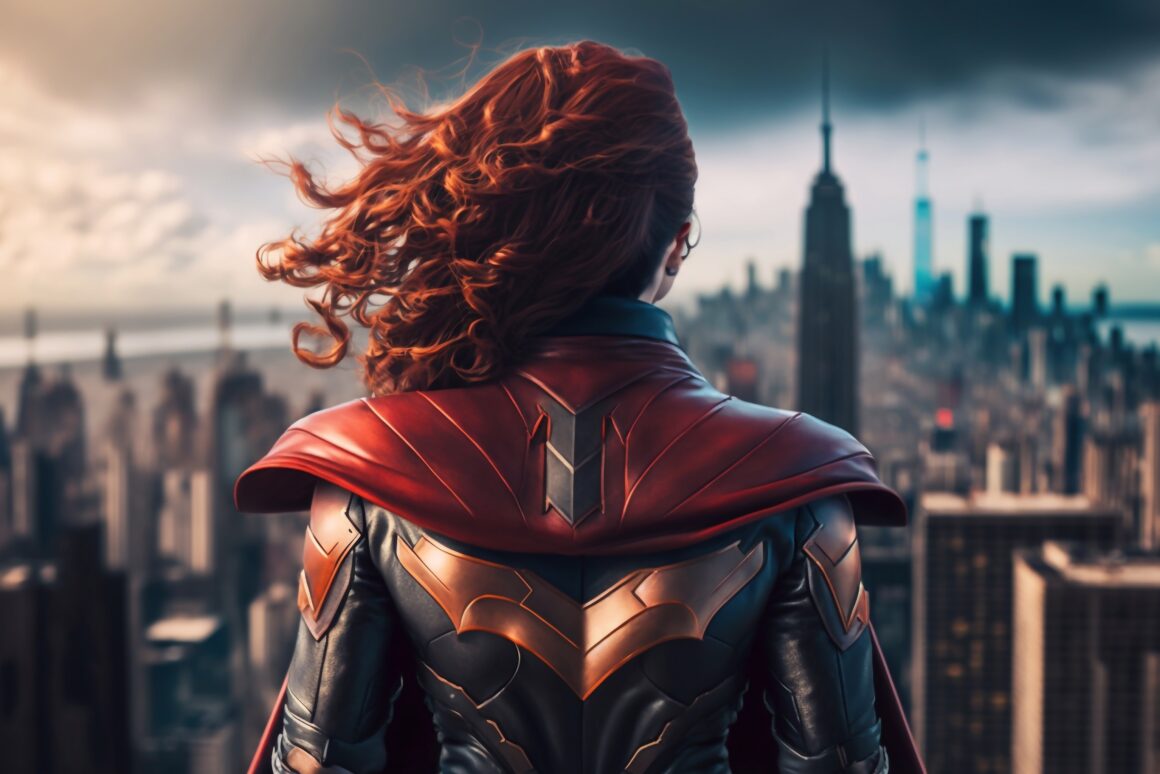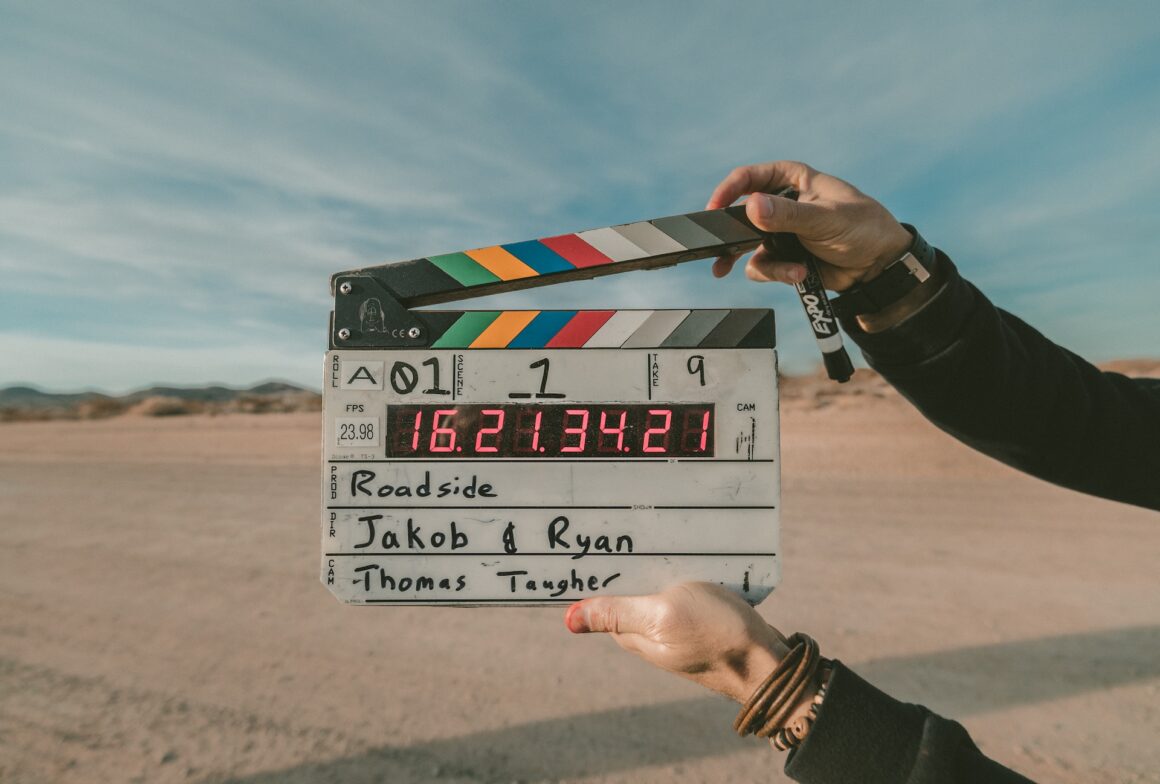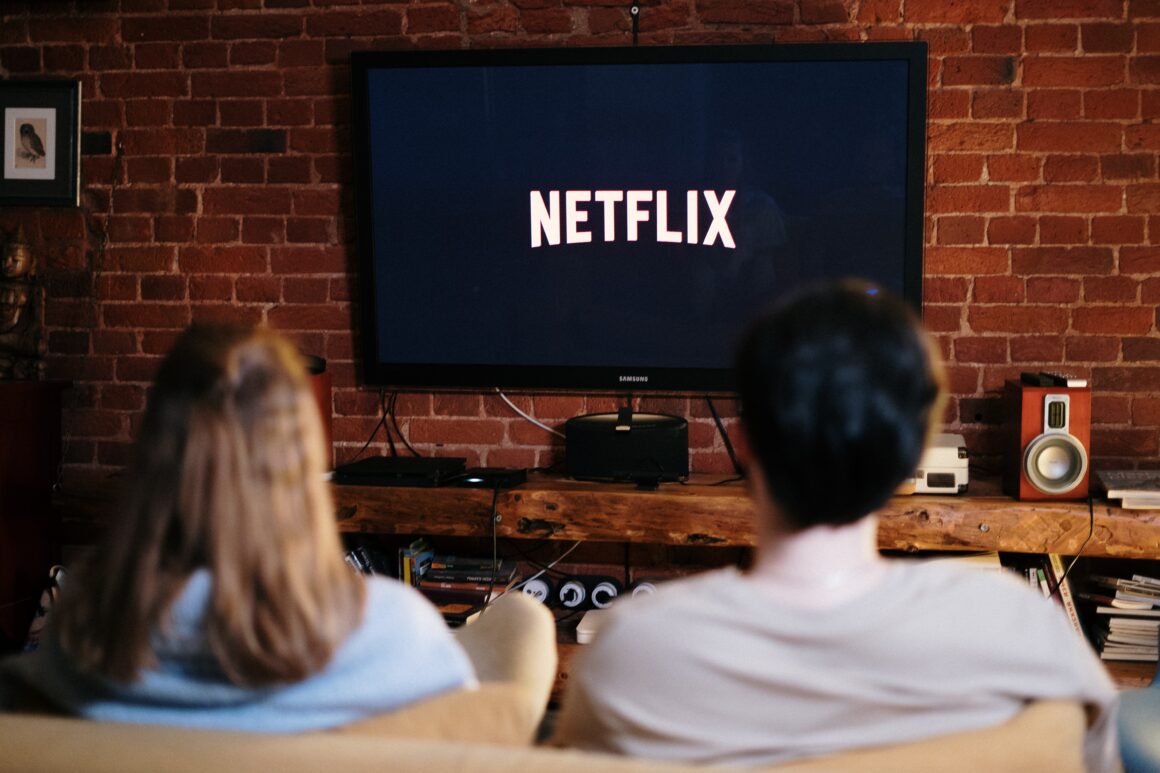Released this past Thursday night of March 16, 2017, the new Beauty and the Beast was set to be a show stopper, bringing in record breaking numbers at the box office.
Starring Emma Watson and Dan Stevens, the film brought in audiences ranging from toddlers to grown men and women with its promised voice for LGBT individuals as well as gender equality — this is the classic Disney we love, with witty characters and an all around heart-warming story of what it is to know real love.
Raking in $68.3 million at the box office on Friday night alone, Beauty and the Beast is predicted to earn around $170 million once the weekend is over, beating Finding Dory at $135 million in the biggest start ever for PG titles. It is also predicted to overthrow Batman vs. Superman: Dawn of Justice at $166 million for the top of March opening.
With Watson as Belle and Stevens as the Beast, the cast lagged in no way whatsoever; each of the supporting actors — i.e. Luke Evans, Josh Gad, Ewan McGregor, Stanley Tucci, Gugu Mbatha-Raw, Ian McKellen and Emma Thompson — were flawless as well. Not one role was out of line or incorrectly cast.
This Beauty and the Beast was strikingly true to the original 1991 animated film, the beloved fairy tale story. It was magical to see such a bright, comical and beloved story come alive through the voices and talents of Watson, Stevens, Evans, Gad and so many others.
Directed by Bill Condon, the live-action Disney classic flooded audiences’ senses with its beautifully done Rococo stylistic characteristics — its lush garments and ball-gowns, as well as its flowing, organic castle walls and accents created for a realistic, honest experience from the mid-1700s, which is when the beloved story takes place.
This enchanting rendition of the Beauty and the Beast tale lights up eyes with its stunning details, specifically those of the costume designs, i.e. Belle’s iconic bright-yellow ballgown, as well as the many inanimate objects, which also happen to be the Beast’s servants. To name a few: Lumiere (Ewan McGregor) the candlestick, Plumette (voiced by Gugu Mbatha-Raw) the feather duster and Madame Garderobe (Audra McDonald) the wardrobe.
The songs remained lovable, full of character and catchy, no question about it, entrancing viewers, urging them to sing along with the splendor, old and new, performed by many great talents (Watson, Stevens, Evans, Gad, McGregor, Thompson, etc.). Included on the soundtrack are “Belle,” “Gaston,” “Be Our Guest,” “Something There” and “Beauty And The Beast,” and new tracks “Evermore,” “Days In The Sun,” “Aria” and “How Does A Moment Last Forever.”
Whereas the film does satisfy visually, certainly more could have been done to further the so-called “activism” or “diversity” within this 2017 version of the Disney musical, Beauty and the Beast.
LeFou
The very first openly — and obviously — gay Disney character LeFou (Josh Gad), for example, holds tightly stereotypes of clingy and hypersensitive, leaving out any real potential that the character could have had; he is seen worshiping at Gaston’s feet, following him around like a dog, basically erasing any dignity one has in claiming to be a homosexual individual and just like everyone else.
Though, within the original animated film, LeFou is solely the butt of Gaston and others’ jokes, allowing him no positive attention or ability to be respected or taken seriously, so this updated 2017 sidekick character-type is praised for allowing slightly more substance and a little more spotlight.
Condon reveals that LeFou is “confused about what he wants,” he claims, “it’s somebody who’s just realising that he has these [homosexual] feelings. And Josh makes something really subtle and delicious out of it. And that’s what has its payoff at the end, which I don’t want to give away.”
As for the rumors going around about that so-called “nice, exclusively gay moment” from LeFou, it is virtually nonexistent. There are gestures involving LeFou taking care of Gaston and treating him like a master or a king of sorts, while throwing out remarks suggesting his undying love for Gaston (or so he thinks), but other than the brief moment at the end of the film, nowhere is there anything other than an occasional glance to the LGBT community.
Belle
Emma Watson plays the role of Belle, and the very fact that a strong feminist figure such as herself has been given the chance to bring to life this Disney character is a step in and of itself for woman empowerment.
Throughout the film, Belle is given a few minor scenes — and likewise, minor opportunity, but opportunity, nonetheless — to develop herself as an inventor (rather than her father being so), a highly literate reader and thinker during a time when an education or intelligence for women is looked down upon, as well as an independent young woman who proves she has more decency than to settle for an egotistical, ruthless douche-bag such as Gaston.
She shows her strength in denying Gaston (more than once), inventing a washing machine, teaching a young girl to read and going out to rescue her father, that is, rather than being rescued by some “Prince Charming” figure.
Clearly, Belle has more important things to worry about; she dreams of reading novels, creating useful gadgets and machinery, taking care of her old father and furthering the education of other girls, that they might understand that there is more to life than finding that idealistic Prince Charming (or a lack thereof in Gaston’s case). There are small tidbits here and there revealing this side of Belle to the film’s viewers, but those minor scenes fail to play the more major role needed to developing Watson’s strong character.
POC
Not only that, but there is an obvious attempt to bring in more POC in order to create a more “diverse” cast — this attempt is half-hearted and fails tremendously. The two or three characters that are played by POC are only represented as themselves physically for what can not be more than five minutes total. The feather duster, Plumette, as well as the wardrobe, Madame Garderobe, are both POC, but only their voices are heard for the majority of the film.
Perhaps this can be seen as a form of activism? but regardless, none of the major, starring roles feature POC — or more than their voices — which certainly proved the lack of progressivism which still remains among and within Disney movies.
Overall, the 2017 Beauty and the Beast story is light and fluffy; it contains several attempts to be active in terms of the LGBT community, feminism and racial equality, and it brings back childhood memories for audience members who grew up watching the classic Disney princess movie about a beauty and a beast who fall for one another not based off of their looks or statuses. That alone is a substantial message for anyone to receive.
There is still a lot for the Disney film universe to learn, specifically about representation and diversity, but this year’s Beauty and the Beast film pushed those limits, proving their abilities to become a greater part of what will lead this world and society to the change that it severely needs.




